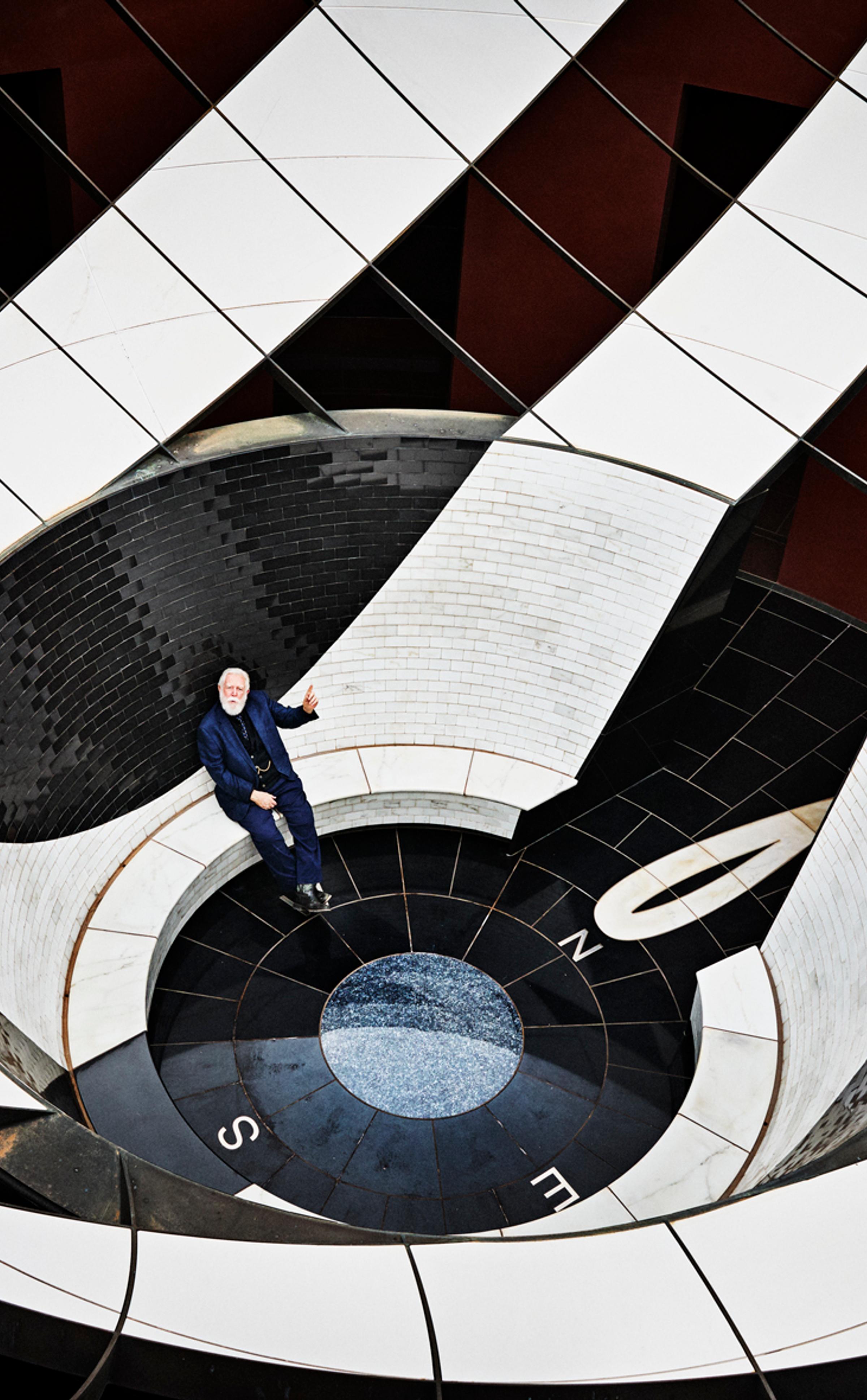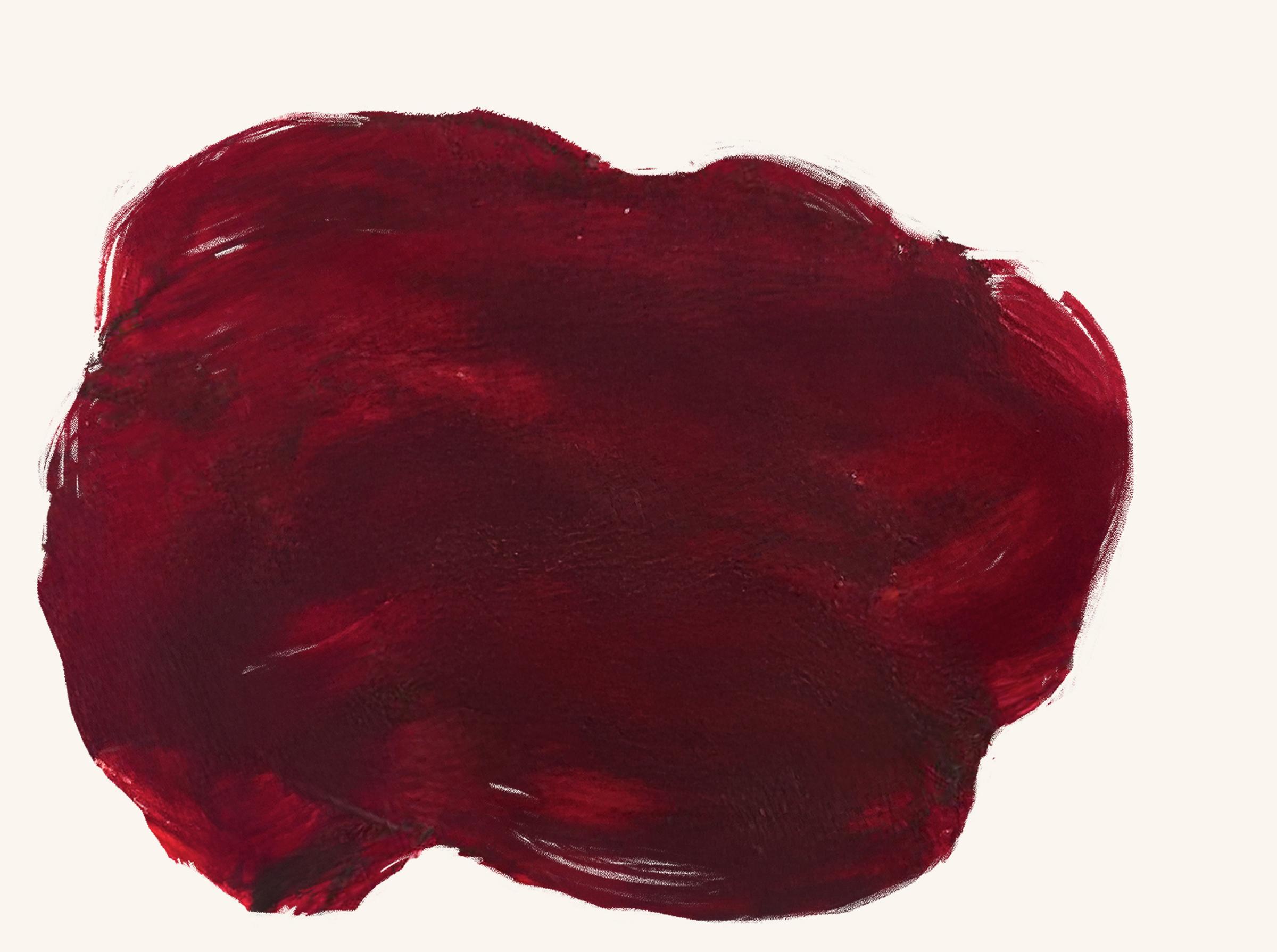How he spends his time is as rich a field of pleasure and beauty as his light sculptures. His life and his work share the tenets of hard work and the application of mathematics and astronomy to the real world.
Over the course of a seven month skyward sabbatical across the American Southwest, seeking salvation in that ineffable place where the Earth and heavens meet, the seeds of his art practice were planted, as he chased the light of day across the craggy land below. “The sky always seems to be out there, away from us,” he once said of that period. “I like to bring it down in close contact with us, so you feel you are in it.”
Flying brought him to the Roden Crater. After years of searching, soaring from Canada to Mexico, he spotted from the air the perfect installation to realize his lofty ideas.
And the Crater brought James to cattle ranching, an occupation he took on to receive a loan for his Arizona ranch and which he now does joyfully with his wife, watching and assisting as the large herds breed and give birth. He oversees some 145,000 acres of land in the state’s Painted Desert, a careful, thoughtful and committed steward. Through that practice Turrell has become finely attuned to the way the time passes, watching the seasons sweep across the region’s majestic, aching flatlands.
On the other side of the country, where he also finds himself at home, he once wiled away the hours trying to build his own boat. He is a noted sailor who spends his days navigating the water, often with his family, at his home on the Eastern Shore. From the boat he watches the ephemeral interplay between light and water, as the former bounces off the latter’s dancing ripples. There he experiences time as mariners have for millennia — tied to tides,governed by weather patterns, measured by the steady progression of celestial navigation. Sailing requires the kind of patience that our accelerated culture has largely abandoned, attention to subtle environmental changes that occur over hours rather than seconds. It's perfect preparation for an artist whose works often require similar patience from viewers.
His patient perfectionism and outside interests inescapably bleed into his art-making, perhaps best expressed in Roden Crater, his monumental land art piece in Arizona. It is Turrell’s life work. He has spent nearly half a century transforming a dormant volcano into what amounts to the world's most expansive meditation on duration, patience, and, indeed, timekeeping. He has taken this 400,000-year-old natural phenomenon and, with sheer grit and devotion, injected into it an internal system of chambers, rooms, and tunnels precisely calibrated to frame celestial events across multiple lifetimes. While, yes, it is an artwork of staggering ambition, it is also a man, molding the earth in a way that uses sunlight to help measure time, not in days or minutes but in eras and epochs. It is a man trying to achieve something like immortality. And to share that with the world, through his plans to open the work to the public as part of a foundation.















